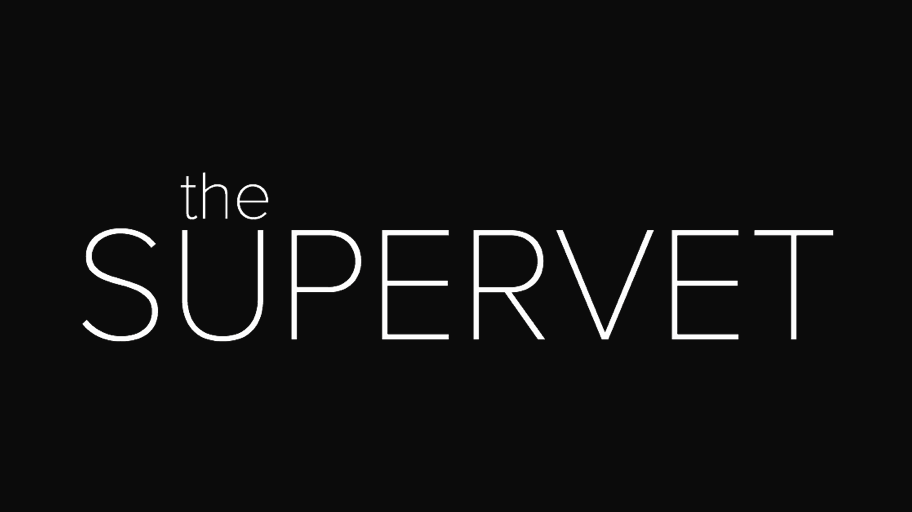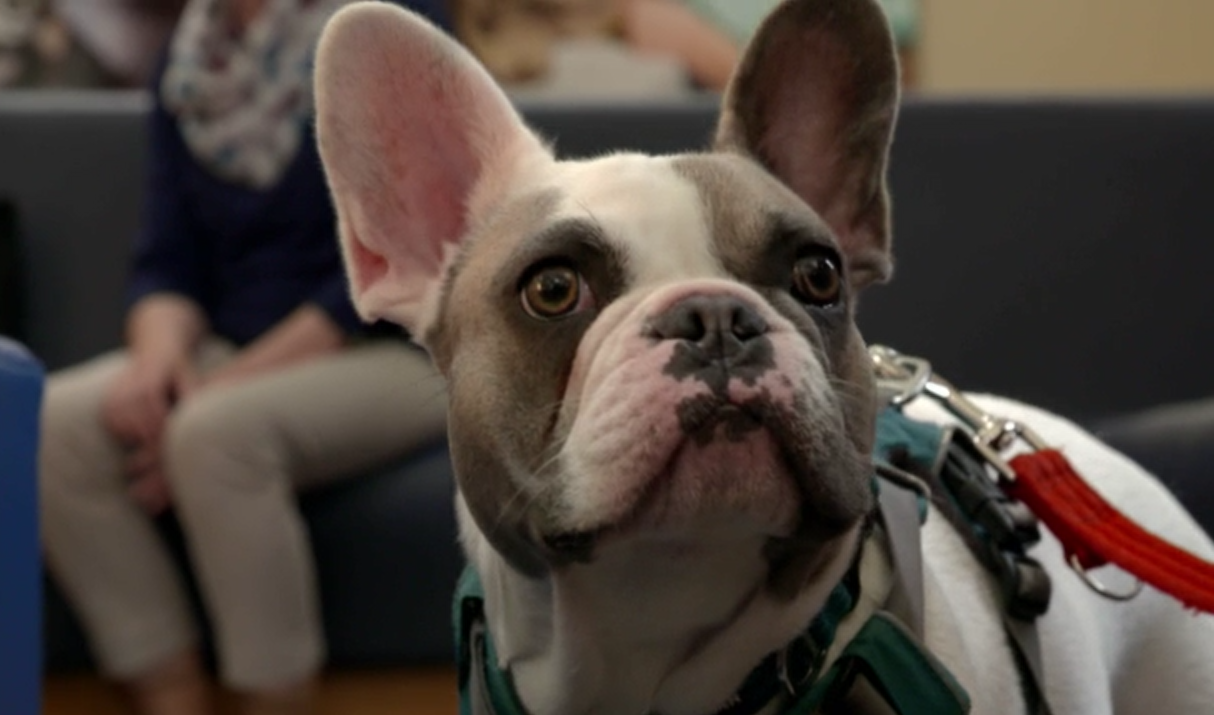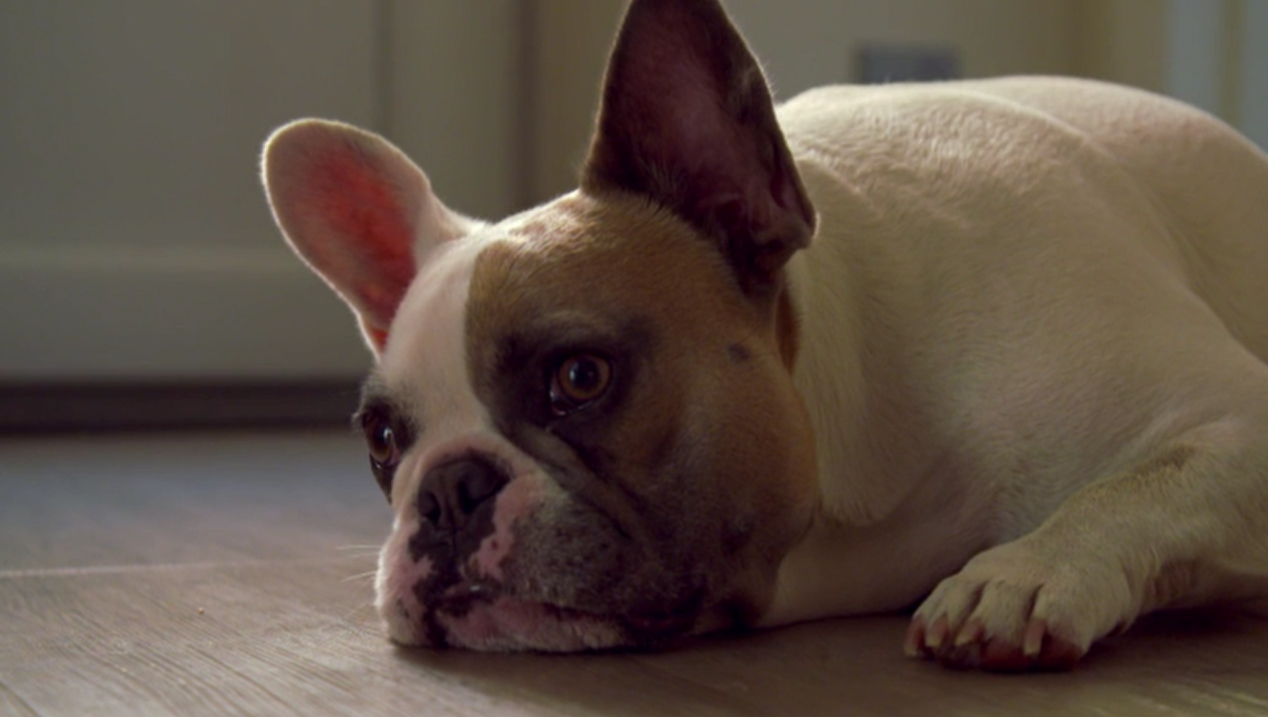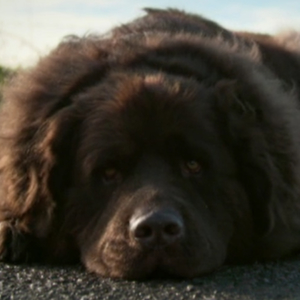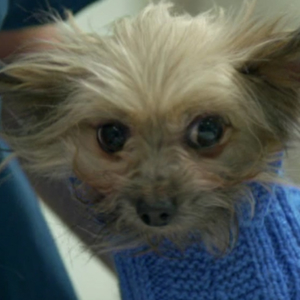Dave
Claire and Liz bring in young French Bulldog Dave, who has a spinal deformity that’s making his life a misery. Even though he’s less than a year old, Professor Noel Fitzpatrick discovers that Dave has double trouble: not only a genetic malformation of his sacral and lumbar vertebrae, but also excess bone in the pathways where the nerves travel to his legs. The surgical option would involve delicate and high-risk navigation to treat both issues – and there’s no guarantee of avoiding paralysis.
Their Story
Dave lives in Hampshire with his doting mum Claire and sister Maisie. As her husband travels frequently for work, her dogs Dave and Maisie are her closest companions at home.
The Problem
Dave began to develop painful symptoms early on and as they worsened, Claire decided to seek advice from her local vet who diagnosed a lower spinal problem and referred him to Fitzpatrick Referrals. Dave had previously been assessed by the team at Fitzpatrick Referrals and was initially given medication to manage the symptoms but it wasn’t effective. Dave returned for a consultation with Professor Noel Fitzpatrick who, after examination, diagnosed two problems – a genetic malformation of the sacrum and lumbar vertebrae, plus excess bone where the nerves travel to his legs. Noel explained that Dave has two options, to continue with painkillers or opt for a delicate and complex surgery to try and treat Dave’s conditions.
During the consultation, Noel shared a 3D model based on Dave’s spine to help illustrate how he would navigate the surgery. The deformity in his spine had left limited space for the nerve canal (overgrown bone that reduced the size of the holes in the canal) and nerves were being impacted by nearby vertebrae as a result. The model would help him locate the impacted areas when undertaking the operation and allow him to enlarge the nerve canal and stabilise the deformed vertebrae using pins, with precision. Noel explained to Claire that there were huge risks with such a complex operation and that there could be three outcomes – success, failed surgery and resulting paralysis or continuation of pain. Claire only wanted the best for young Dave and despite the risks, decided to go ahead with surgery.
Treatment
Noel began the operation by removing the roof of Dave’s spine – allowing him access to the deformed vertebrae. He immediately noticed fibrous tissue obstructing one of the holes in the spinal canal and prised it away to prevent it from impacting nerves – which could have resulted in paralysis. He cut away the excess bone in the canal and then placed pins and cement to stabilise the vertebrae into place. The surrounding nerves were also coated with collagen and cement was poured around the pins to hold the vertebrae in position forever. The operation was a success and Clare collected Dave two days later but only time and careful rehabilitation would determine if Dave would fully recover.
He has two speeds. He has stop or just zooming off at a million miles an hour. He’s just got this permanent grin on his face. He’s just a happy dog.
Outcome
Back in Hampshire, Dave had fully recovered from his major spinal operation. He had begun to enjoy life to the full and could run around with his sister Maisie for the first time in his young life.
